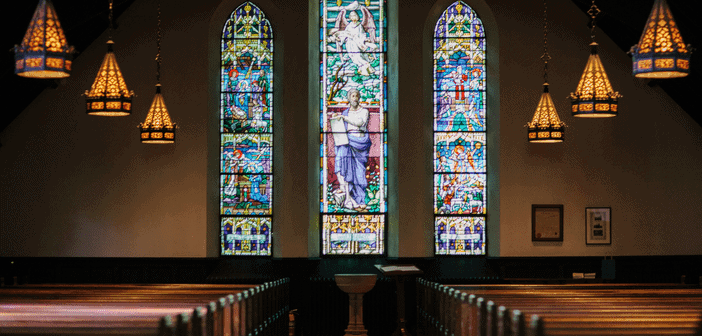Most pastors of small churches—200 attendees or less—want to reach and impact more people over time. Adding a second service at the right time and for the right reasons can help them in that effort.
However, church leaders and congregants in smaller congregations often raise passionate objections whenever this topic is considered. Let’s explore the decision of adding a second service from the small church’s perspective.
A few of the common objections to adding a second service are:
1) Loss of Unity
This objection assumes that a close-knit family atmosphere is best created whenever you bring together a group of people in the same location at the same time. Church leaders who raise this objection are usually focused on the belief that everyone within the church should know everyone.
Here’s the thing: unity within a congregation should be driven by a focus on the vision, the mission, the values, and the shared teachings of the church. It’s possible to add services and grow larger, while still growing closer through environments like groups or Sunday School. In the end, it’s much more important to share a vision and mission than a service time or site location.
2) Lack of Participation
This objection revolves around the unknown. What if we add a second service and no one new comes? What do we do about the empty seats that we already see right now? What if we launch a new service but can’t rally enough volunteers to help?
What I have come to discover is that participation is attracted to preparation. The more prepared a church is about change, the more likely they will be to get people to join in and participate.
3) Possibility of Burn Out
Let’s be honest: adding additional services will take a lot of work. There will be volunteers to recruit and train, communication talking points to prepare, etc. And leaders sometimes object to adding another service because work is already piling up and they’re not very interested in committing to the greater workload that comes with making this type of change.
I believe that the key to mobilizing people to take on additional tasks is providing them with a clear and compelling vision. Everyone longs to be a part of something bigger than themselves. And most people are willing to take on more work if they can clearly see a meaningful purpose in doing so.
So why should small churches consider moving to two services?
Are the benefits truly worth the potential risks? While I cannot promise that adding a second service will be a silver bullet solution to every growth barrier smaller churches face, there are several key benefits of making the move to two services. Here are a few:
1) Cost Effective
For leaders who buy into the belief that everyone should know everyone, on the surface, moving to a larger space may seem like a good approach to accommodating more people and keeping them all together. However, the costs associated with this approach can quickly add up. Adding a second service in your existing location is generally more cost effective than renting a bigger space, remodeling a facility, or building a new one altogether because it allows you to minister to a larger number of people yet avoid the expenses of moving to and maintaining a larger location.
2) Reach New People
When a church can provide multiple service options, they make it easier for new people to come and visit. People in today’s culture are used to options. From schools to gyms, people want to connect with organizations that do not lock them down into just one choice.
3) Attend One, Serve One
Having two services allows volunteers to attend a worship service with their family, even on days when they serve. This type of structure provides a healthy rhythm for church volunteers and allows them the time to be on the “receiving end” of the church’s ministry without any gaps in between.
So, if you are a church that is serious about impacting lives and reaching more people for Christ, adding a second service at the right time is an option that can help you in achieving that goal.







Leave a Reply